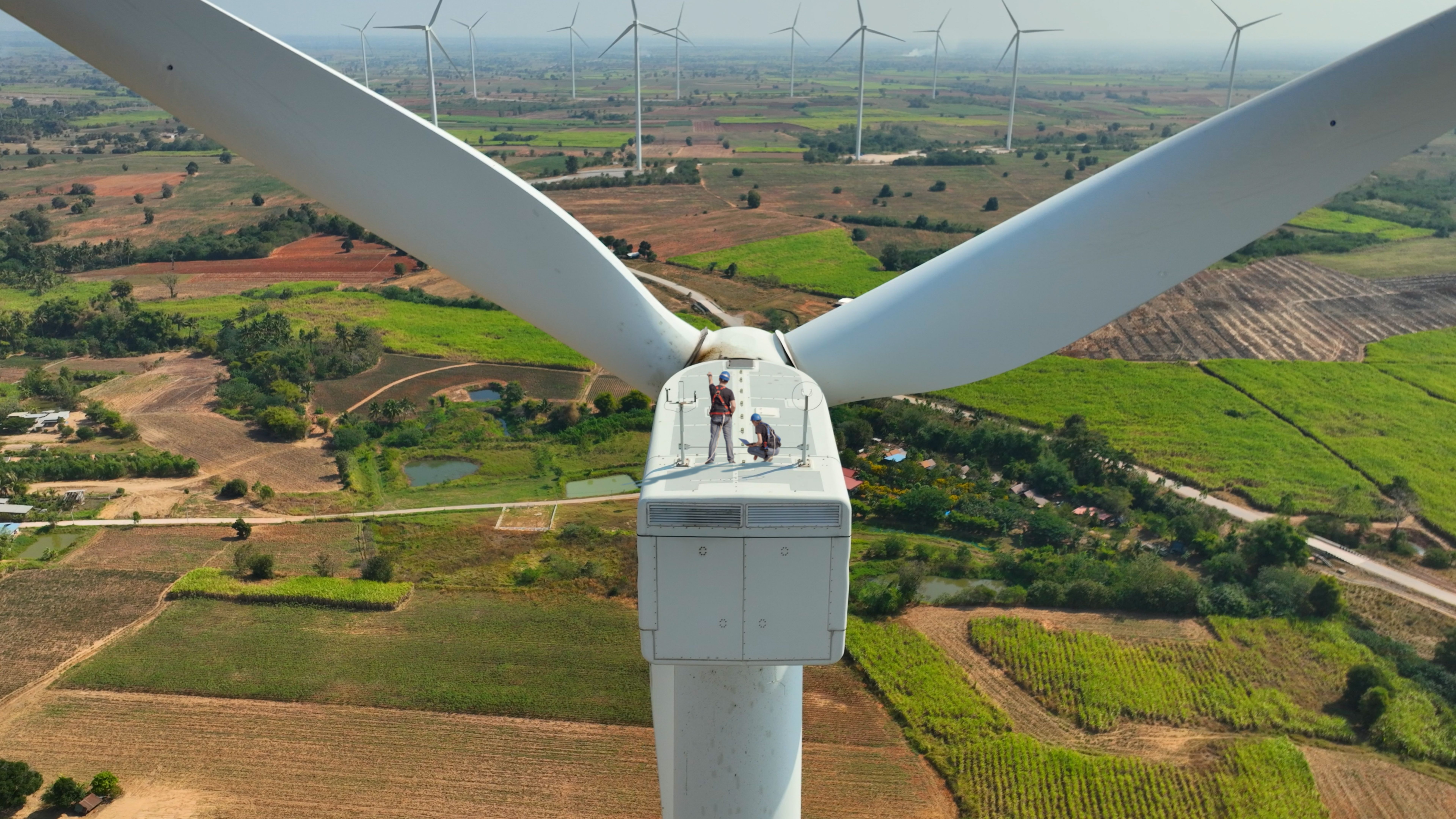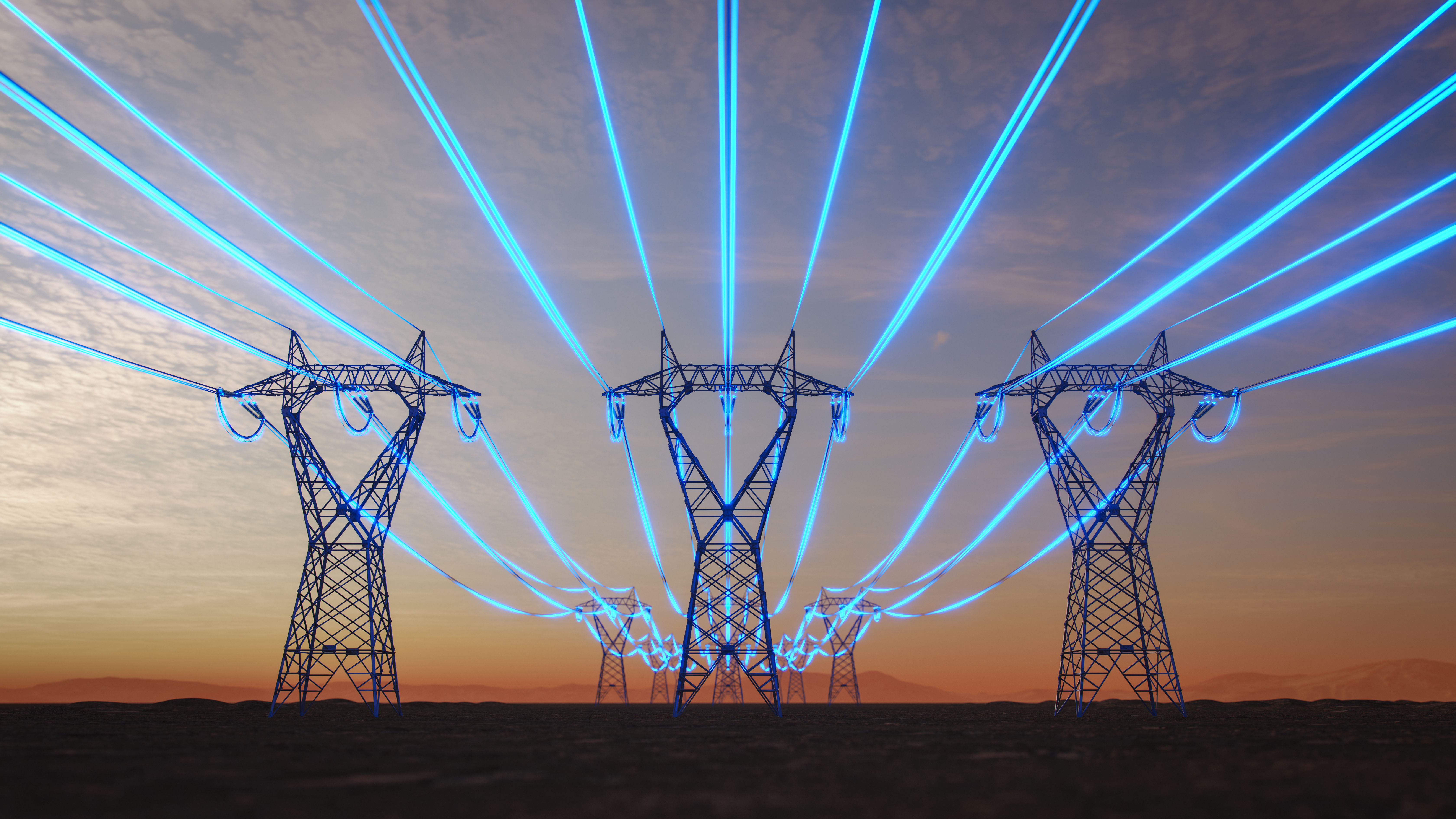Energy Transition in Algeria
The Energy Transition: An Overview
The concept of energy transition is pivotal in our journey toward a sustainable future. It refers to the global shift from fossil-based energy systems to renewable energy sources, aiming to reduce carbon emissions and combat climate change. This transition is not just a technological change but a societal transformation that involves economic, political, and cultural shifts.
At its core, energy transition focuses on moving away from coal, oil, and natural gas to cleaner alternatives like solar, wind, and hydroelectric power. This shift is driven by the urgent need to mitigate environmental damage, reduce greenhouse gases, and create a more sustainable planet for future generations.

Why the Energy Transition Matters
The importance of energy transition cannot be overstated. As the global population continues to grow, so does the demand for energy. However, relying on traditional fossil fuels exacerbates climate change, leading to severe environmental and health consequences. Transitioning to renewable energy sources is crucial to maintaining ecological balance and ensuring a healthier planet.
Moreover, embracing renewable energy can lead to significant economic benefits. By investing in green technologies, countries can create new industries and job opportunities, fostering economic growth and resilience. This transition also promotes energy independence, reducing reliance on imported fossil fuels and enhancing national security.

Challenges in the Energy Transition
Despite its importance, the path to a sustainable energy future is fraught with challenges. One of the main obstacles is the initial cost of transitioning to renewable energy infrastructure. While the long-term savings are substantial, the upfront investment can be daunting for many governments and businesses.
Another challenge is the political and social resistance to change. Energy transition requires significant policy shifts and public support, which can be difficult to achieve. Additionally, there is a need for technological advancements in energy storage and grid management to ensure a reliable supply of renewable energy.

Steps Toward a Sustainable Future
Achieving a sustainable energy future requires concerted efforts at all levels of society. Here are some steps that can facilitate this transition:
- Policy Implementation: Governments must enact policies that incentivize renewable energy adoption and penalize carbon emissions.
- Investment in Technology: Increased funding for research and development in renewable technologies is essential for innovation.
- Public Awareness: Educating the public about the benefits of renewable energy can build support for necessary changes.
Moreover, international cooperation is crucial. Climate change knows no borders, and global collaboration is vital in sharing technologies, resources, and strategies for effective energy transition.
The Role of Individuals in Energy Transition
While governments and businesses play significant roles, individuals also have a part to play in the energy transition. By adopting sustainable practices in daily life, such as reducing energy consumption and supporting green initiatives, individuals can contribute to the broader effort of achieving a sustainable future.
Simple actions like using energy-efficient appliances, supporting local renewable energy projects, and advocating for environmental policies can make a difference. Together, these individual efforts can accumulate into a powerful force driving the global energy transition.

The Future of Energy Transition
Looking ahead, the path to a sustainable energy future will continue to evolve with technological advancements and shifts in societal attitudes. As renewable energy becomes more accessible and affordable, we can expect to see an acceleration in the pace of energy transition.
Ultimately, achieving a sustainable future relies on our collective commitment to embracing change and innovation. By understanding and actively participating in the energy transition, we can pave the way for a greener, more sustainable world for generations to come.
